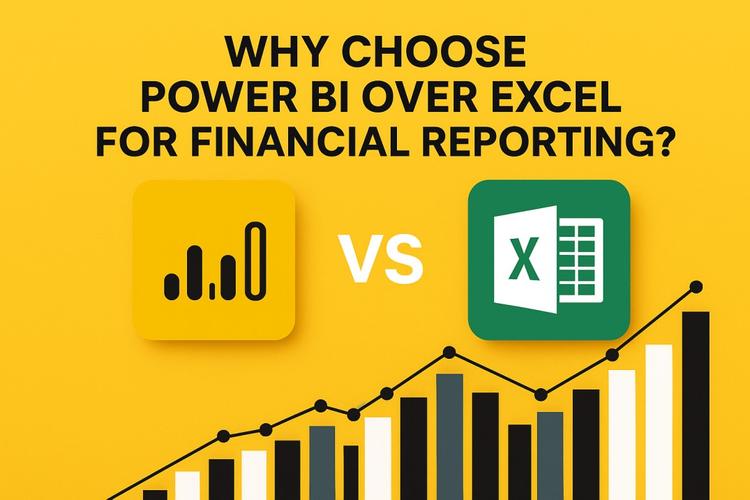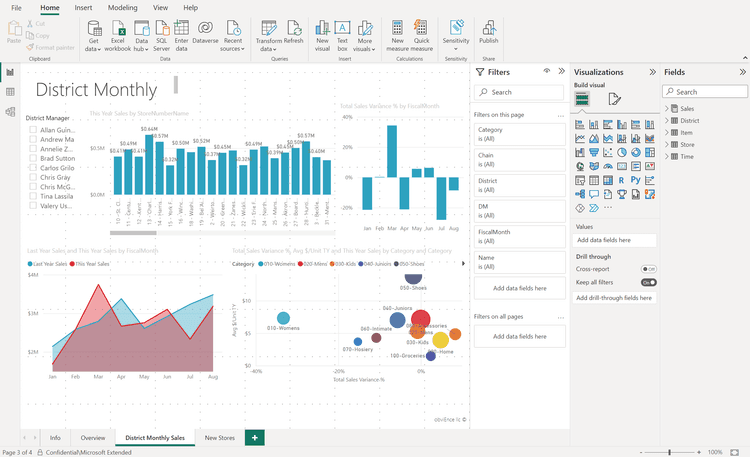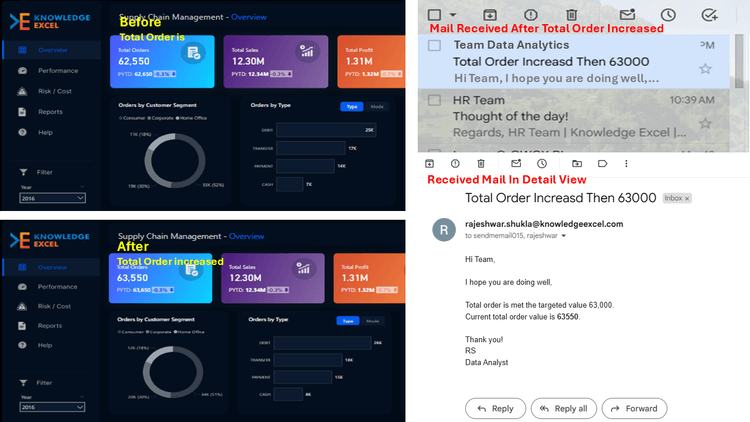| Cost | Affordable, flexible licensing (Pro, Premium, Embedded) | Expensive, subscription-based | Moderate to high, depends on deployment | Low, included in Microsoft Office |
| Integration | Seamless with Microsoft ecosystem (Excel, Dynamics 365, Azure, SharePoint), ERP, CRM | Supports multiple sources, but Microsoft integration less seamless | Strong data connectivity, especially for associative exploration | Limited, mostly manual data imports |
| Data Visualization | Wide variety of visuals, interactive dashboards, custom visuals available | Excellent visualization and design flexibility | Powerful associative analytics and interactive charts | Basic charts and graphs, limited interactivity |
| Scalability | Cloud-based, handles big data via Azure, suitable for enterprise | Handles large datasets but may require optimization | Scales well with in-memory engine | Limited scalability, slow with large datasets |
| AI / Predictive Analytics | Built-in AI insights, Q&A, forecasting, machine learning integration | Limited AI features, mostly visualization-focused | Some AI capabilities, requires advanced setup | No built-in AI |
| Collaboration & Sharing | Share via Power BI Service, Teams, SharePoint, web embedding | Tableau Server or Tableau Online | Qlik Cloud or on-premise | Manual sharing via email or SharePoint |
| Ease of Use | User-friendly for finance teams, drag-and-drop | Steeper learning curve for non-technical users | Requires training for advanced analytics | Familiar but manual reporting heavy |
| Automation | Data refresh scheduling, automatic updates, alerts | Refresh possible but often requires setup | Automatic refresh possible with Qlik Data Integration | Manual updates, prone to errors |
| Security & Governance | Row-level security, encryption, Azure AD integration, audit logs | Role-based access, encryption | Row-level security, governance policies | Limited, relies on file-level protection |
| Best For | Finance dashboards, KPI tracking, corporate reporting, Microsoft ecosystem | Visual storytelling, executive dashboards, design-heavy insights | Advanced analytics, associative data exploration | Small teams, quick ad-hoc reporting, simple dashboards |



 Power BI Learn CenterMaster Power BI with expert tips, guides, and tutorials.
Power BI Learn CenterMaster Power BI with expert tips, guides, and tutorials.






.gif&w=750&q=75)




